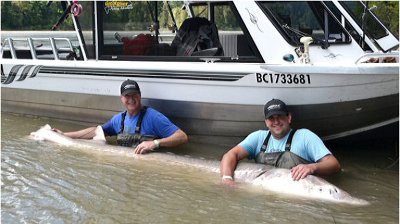It’s been a pretty big year for the Public Library of Science (PLOS). They published their 100,000th article and had their first paper gather over 1,000,000 hits. The mega-hit paper, “Why Most Published Research Findings are False,” put a quantitative analysis to what most anybody watching daytime TV or network news (or spent 5 minutes on the Internet) probably already knew. “Why are they reporting that this new (insert random noun here) will cure cancer or make me lose weight or lead to the US winning the World Cup when six months ago that same thing triggered cancer, caused obesity, and cursed the Cubs — again.” (Ok, that last one really is based in science.)
The blog Understanding Uncertainty explained in simpler terms why research findings in the news are probably bogus. They outline the five steps that need to happen before you hear about this great new thing:
- Been considered worthwhile to write up and submit to a journal or other outlet
- Have been accepted for publication by the referees and editors
- Been considered ‘newsworthy’ enough to deserve a press release
- Been sexy enough to attract a journalist’s interest
- Got past an editor of a newspaper or newsroom.
At any point, if the “science” isn’t controversial, interesting, or just plain weird, it drops out of the loop and sits quietly in the ivory tower of academia.
This leads back to the post title, if you hear about some “science” in the news, at a minimum, the findings are being exaggerated and hyped or are just plain wrong. But, the science you don’t hear about continuously makes steady progress and verifies and improves on previous research.
As an analogy, imagine a research paper that claims smoking two packs of cigarettes a day will give you perfect health, let you live to 150, and give you a full head of hair. That article will make the headlines of every newspaper, TV program, and aggregating website imaginable. But, the real science is in the decades of research and innumerable papers proving the dangers of smoking.





